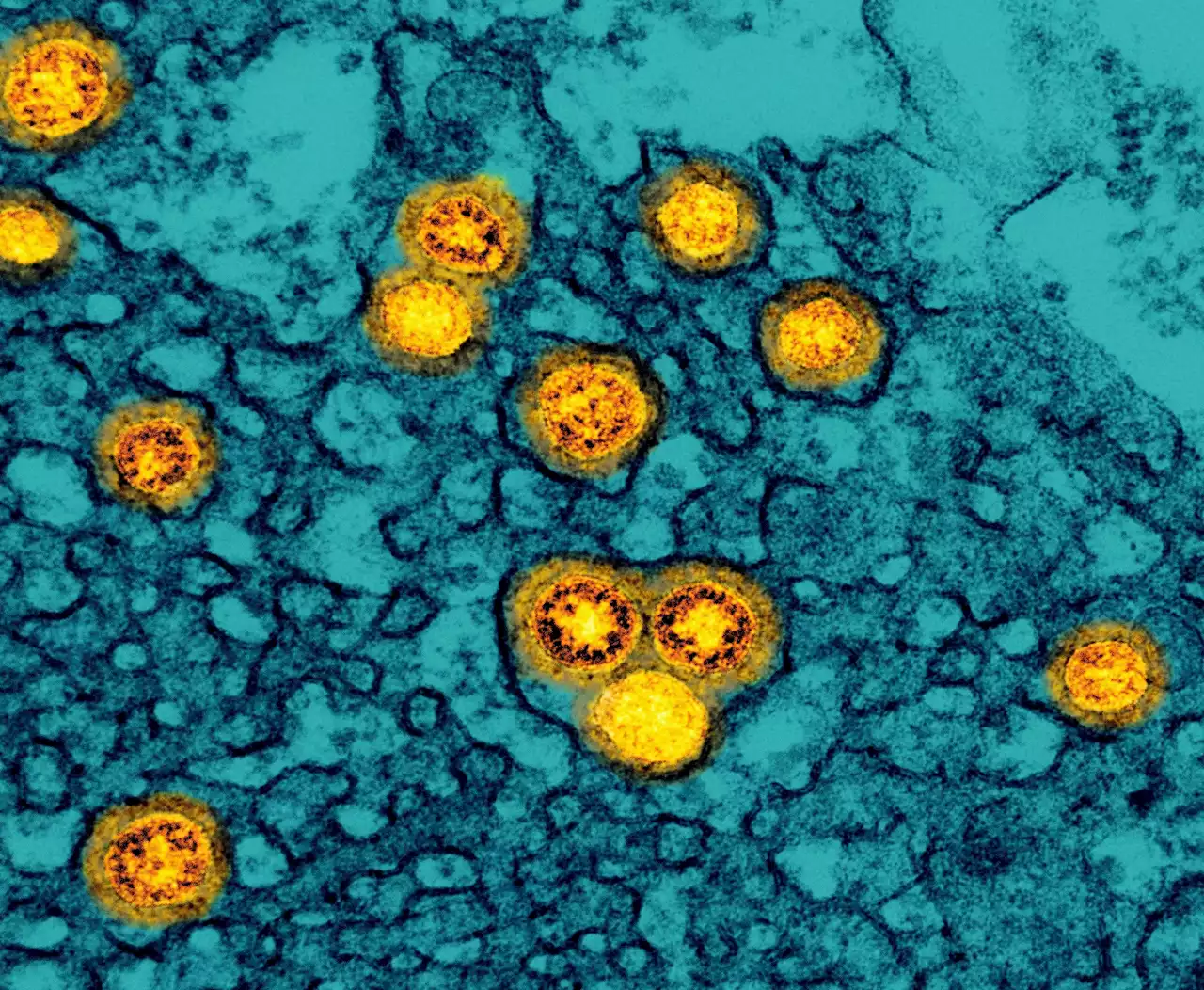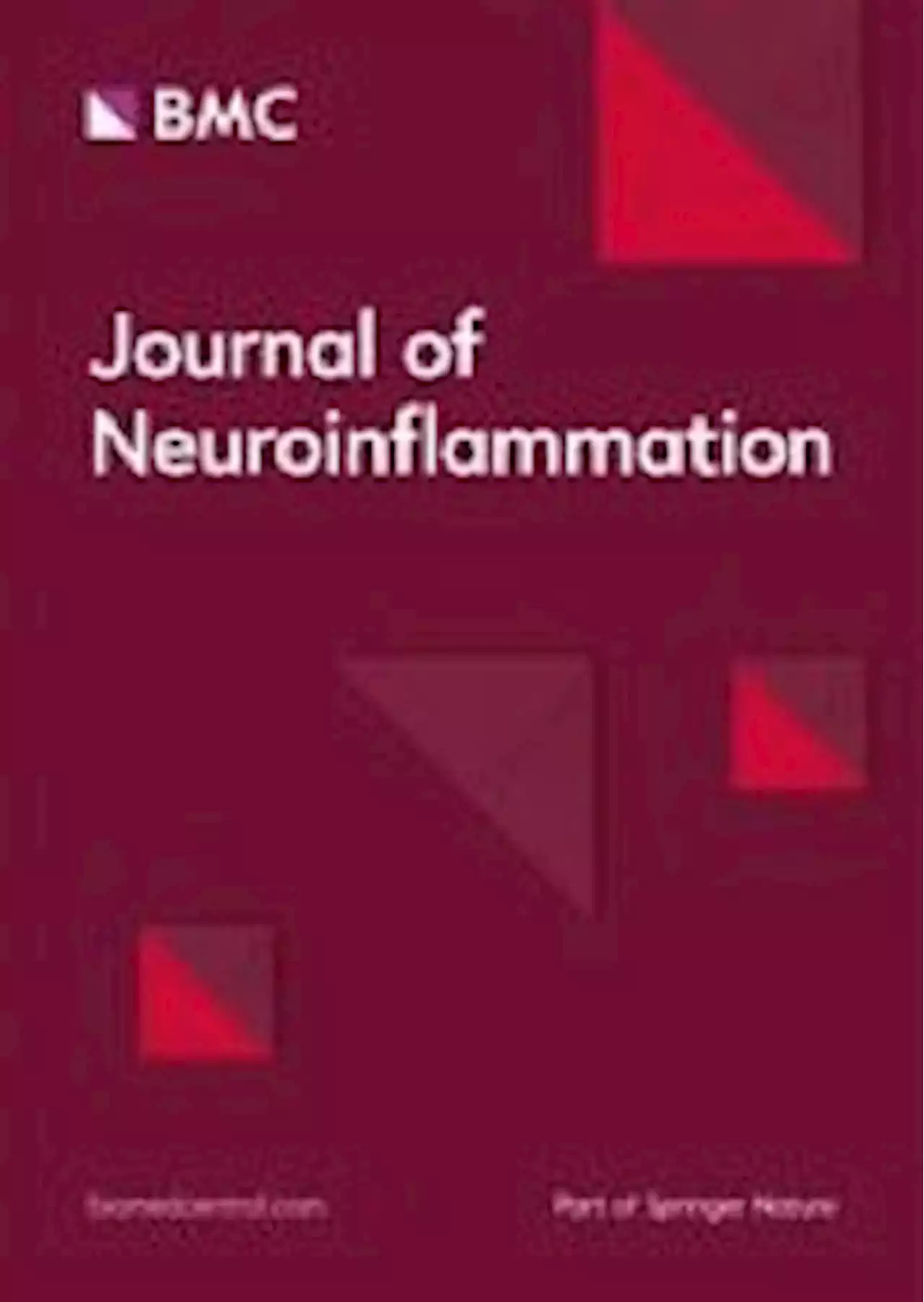A study published in the Journal of Neuroinflammation reports the therapeutic potential of SEMA4D antibody blockade to regulate glial cell function and reduce neuronal toxicity and dysfunction in neurodegenerative diseases.
]. However, the sources of SEMA4D ligand in brain, as well as its possible role in triggering reactive astrocytes and their contribution to neurodegenerative processes have not been fully described. Here, we characterize SEMA4D expression in neurodegenerative disease settings of HD and AD, and report SEMA4D-induced changes in cytoskeletal morphology and regulation of key receptors and enzymes required for normal astrocytic functions in glucose metabolism and neurotransmitter recycling.
We previously reported a role for SEMA4D in a preclinical model of HD. PLXN receptors are expressed in GFAP+ striatal astrocytes in YAC128 HD transgenic mice. In addition, treatment with an anti-SEMA4D antibody reduced anxiety-like behavior and cognitive deficits, as evidenced by rescue of spatial memory and learning, along with significant reduction in brain atrophy and preservation of healthy medium spiny neurons, as indicated by DARPP-32 immunoreactivity in this model [].
These studies indicate that SEMA4D is sparsely expressed in normal brain, but is upregulated in neurons during disease progression in both mouse models and human disease. Increased expression of SEMA4D ligand was associated with changes in astrocyte morphology and downregulation of GS expression, a previously described marker of reactive astrocytes [] that is associated with impairment of neurotransmitter recycling, a key astrocytic function.
Immunofluorescence staining of human tissue sections were performed for human semaphorin 4D , glutamine synthetase , HuC/HuD and GFAP in accordance with manufacturer-recommended concentrations combining host-dependent secondary Alexa Fluor antibodies.Imaging of stained tissue sections were performed on AxioObserver7 Automated Inverted Microscope System with EC Plan-Neofluar × 10/0.30 and Objective Plan-Apochromat ×20/0.8.
Ireland Latest News, Ireland Headlines
Similar News:You can also read news stories similar to this one that we have collected from other news sources.
 These simple keyboard shortcuts broke the brains of my Gen Z coworkersAs a lowly elder millennial, I truly thought these keyboard commands were known by everyone in 2022 AD.
These simple keyboard shortcuts broke the brains of my Gen Z coworkersAs a lowly elder millennial, I truly thought these keyboard commands were known by everyone in 2022 AD.
Read more »
 I binge-watched Real Housewives through grief and science says I made the right choice🗨️ 'I binge-watched Real Housewives through grief and science says I made the right choice' 'There are people who dismiss reality TV as bad for the brain, but they underestimate how helpful it can be in the tough times' ✍️ KasiaLDelgado
I binge-watched Real Housewives through grief and science says I made the right choice🗨️ 'I binge-watched Real Housewives through grief and science says I made the right choice' 'There are people who dismiss reality TV as bad for the brain, but they underestimate how helpful it can be in the tough times' ✍️ KasiaLDelgado
Read more »
 Glam grandmother of four, 37, says people think she's her daughters' ageKelly Jackson, 37, says she’s constantly mistaken for her grandchildren’s mother. People often think she’s the same age as her 21-year-old twin daughters, with some even asking her for Botox recommendations.
Glam grandmother of four, 37, says people think she's her daughters' ageKelly Jackson, 37, says she’s constantly mistaken for her grandchildren’s mother. People often think she’s the same age as her 21-year-old twin daughters, with some even asking her for Botox recommendations.
Read more »
 How does COVID-19 increase clotting risk?How does COVID-19 increase clotting risk? Coronavirus Disease COVID Hematology BloodClot Clotting NatRevImmunol UBC UNC scrippsresearch umichmedicine UCIrvine nih_nhlbi
How does COVID-19 increase clotting risk?How does COVID-19 increase clotting risk? Coronavirus Disease COVID Hematology BloodClot Clotting NatRevImmunol UBC UNC scrippsresearch umichmedicine UCIrvine nih_nhlbi
Read more »
 AI algorithm that detects brain abnormalities could help cure epilepsyAn artificial intelligence (AI) algorithm that can detect subtle brain abnormalities that cause epileptic seizures has been developed by a UCL-led team of international researchers.
AI algorithm that detects brain abnormalities could help cure epilepsyAn artificial intelligence (AI) algorithm that can detect subtle brain abnormalities that cause epileptic seizures has been developed by a UCL-led team of international researchers.
Read more »
 How to learn optimism, from imagining yourself in the future to keeping a journalHow to learn optimism, from imagining yourself in the future to keeping a journal 🔍 While optimism is largely genetic, experts explain how you can learn to see things more positively even when it might feel impossible ⤵️
How to learn optimism, from imagining yourself in the future to keeping a journalHow to learn optimism, from imagining yourself in the future to keeping a journal 🔍 While optimism is largely genetic, experts explain how you can learn to see things more positively even when it might feel impossible ⤵️
Read more »
